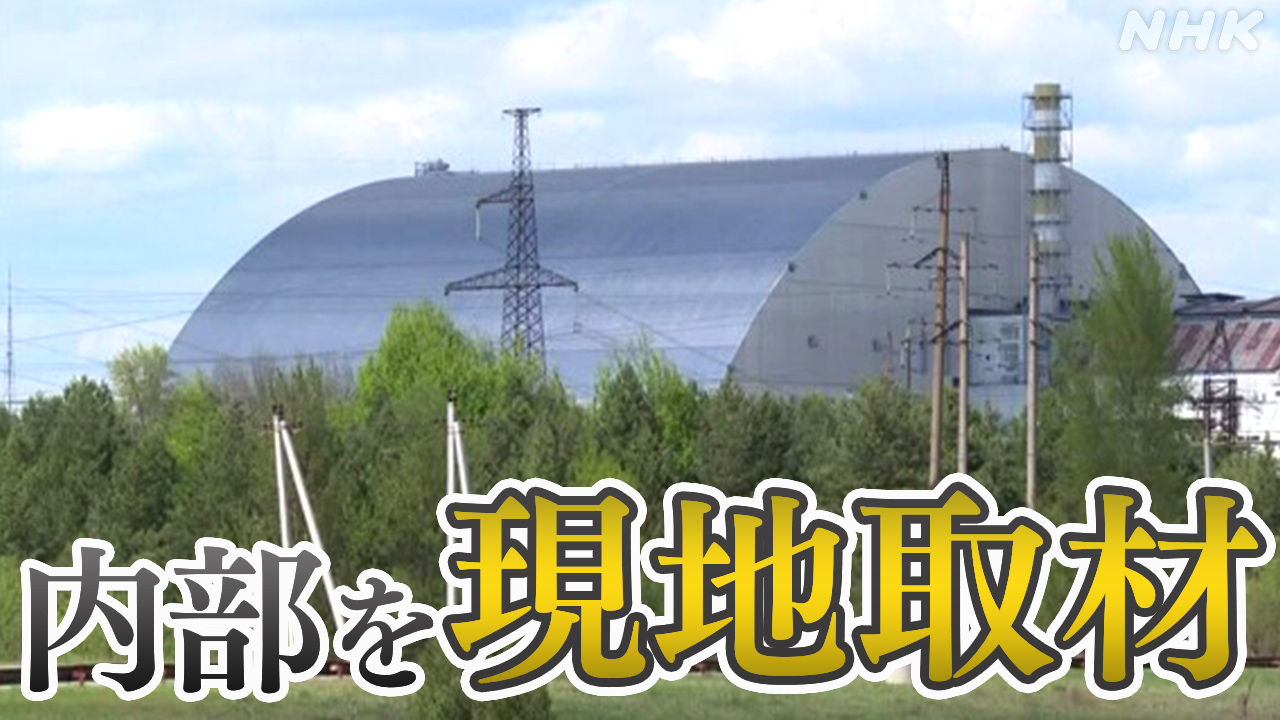Assessing the Damage: Chernobyl Shelter Under Scrutiny After Russian Attack
The Russian invasion of Ukraine has cast a long shadow, extending even to the infamous Chernobyl Exclusion Zone. Recent reports of damage to the Chernobyl Nuclear Power Plant's shelter, a structure crucial for containing the radioactive remnants of the 1986 disaster, have raised serious concerns globally. This article delves into the assessment of the damage, the potential risks, and the ongoing efforts to secure the site.
The Impact of the Conflict on Chernobyl's Shelter
The New Safe Confinement (NSC), a massive arch-like structure built to encase the destroyed reactor number four, has been a focal point of international concern since the start of the conflict. While initial reports suggested minimal damage, the situation remains fluid and requires ongoing monitoring. The lack of consistent access for inspection teams has hampered a thorough assessment.
Challenges in Damage Assessment:
- Security Concerns: The ongoing conflict creates significant security challenges, hindering access for international experts and Ukrainian personnel to conduct proper inspections and repairs.
- Communication Breakdown: Reliable communication channels are crucial for timely updates and coordination of repair efforts. The disruption of communication networks within the exclusion zone further compounds the difficulty of assessment.
- Limited Resources: The war has diverted resources away from long-term projects like the maintenance and monitoring of the Chernobyl site, impacting the speed and effectiveness of the damage assessment.
Potential Risks and Long-Term Implications
The potential risks associated with damage to the NSC are multifaceted and far-reaching. Even minor structural damage could compromise the containment of radioactive materials, potentially leading to:
- Increased Radiation Levels: Any breach in the NSC could lead to a release of radioactive particles into the environment, increasing radiation levels in the surrounding area and potentially beyond.
- Environmental Contamination: The spread of radioactive material could contaminate soil, water sources, and wildlife, with devastating consequences for the ecosystem.
- Human Health Risks: Elevated radiation levels pose a significant risk to human health, potentially leading to various illnesses and long-term health complications.
Beyond Structural Damage:
The conflict also poses indirect threats to Chernobyl's safety:
- Disruption of Monitoring Systems: Power outages and damaged infrastructure can affect the continuous monitoring of radiation levels, hindering early detection of potential problems.
- Compromised Personnel Safety: The safety and well-being of personnel tasked with maintaining the site are at increased risk due to the ongoing conflict.
International Response and Ongoing Efforts
The international community has expressed deep concern regarding the situation at Chernobyl. Several international organizations and governments are working to:
- Provide Support: Aid is being channeled to Ukraine to help maintain the safety of the site and support ongoing monitoring efforts.
- Facilitate Communication: International efforts are focused on establishing secure and reliable communication channels to facilitate real-time updates and coordinated response.
- Coordinate Inspections: Once security conditions allow, international experts will be crucial in conducting thorough inspections and assessing the long-term implications of any damage.
Conclusion: A Precarious Situation
The situation at Chernobyl remains precarious, highlighting the devastating consequences of conflict on not only human populations but also on environmental safety and long-term stability. Continuous monitoring, international cooperation, and a commitment to ensuring the safety of the NSC are crucial in mitigating the potential risks associated with any damage sustained during the Russian invasion. Further updates and in-depth analyses will be crucial in the coming months and years. This situation underscores the importance of international collaboration in addressing challenges posed by nuclear facilities in conflict zones.
Keywords: Chernobyl, Chernobyl Nuclear Power Plant, Russian Invasion, Ukraine, New Safe Confinement, NSC, Radiation, Radioactive Material, Nuclear Safety, International Response, Environmental Contamination, Human Health Risks, Damage Assessment, Security Concerns
(Note: This article provides information based on publicly available reports. The situation at Chernobyl is dynamic, and information may change. Always refer to official sources for the most up-to-date details.)
